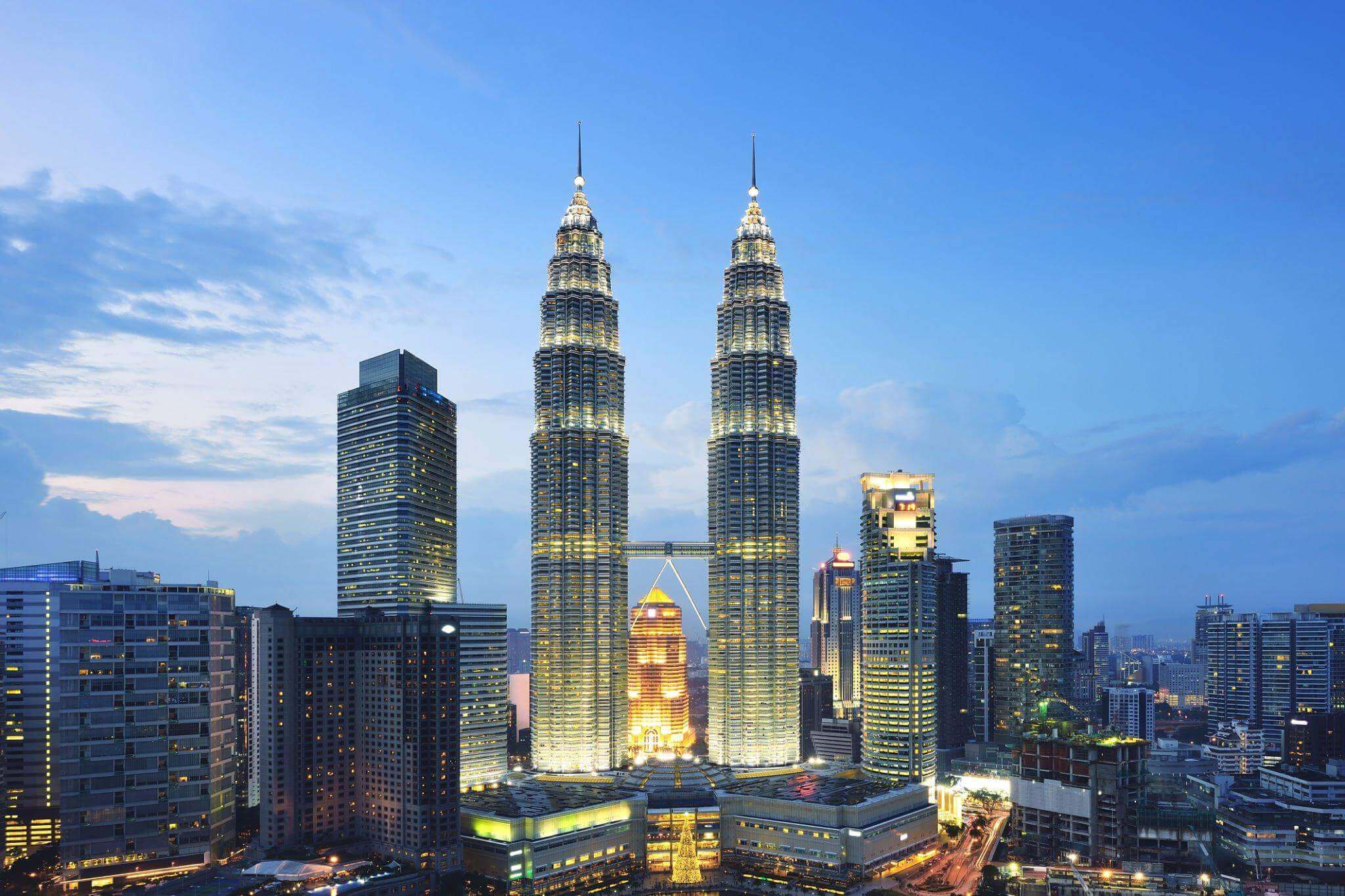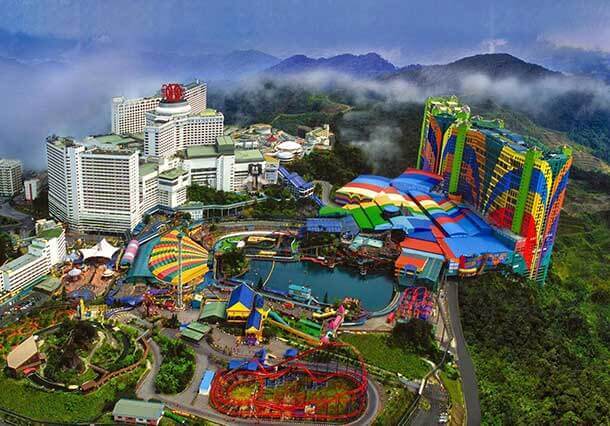The Petronas Twin Towers, also known as the Petronas Tower 1 and Petronas Tower 2, are located in the heart of Kuala Lumpur, Malaysia. They were officially inaugurated on August 1, 1999, and were the tallest buildings in the world at the time of their completion, standing at a height of 451.9 meters (1,483 feet).
The history of the Petronas Twin Towers began in the early 1990s, when the national oil company of Malaysia, Petronas, decided to construct a new headquarters that would reflect the country’s economic success and serve as a symbol of its progress. The company launched an international architectural design competition in 1991 and selected the design submitted by Argentine architect Cesar Pelli and his team, which included a group of Malaysian architects.
Building the Petronas Twin Towers was a significant engineering challenge. One of the main challenges was the soil conditions at the construction site. Construction of the Petronas Twin Towers began in 1992 and was completed in 1998. The building process was a major engineering challenge, given the soil conditions of the construction site and the need to mitigate the forces of wind and earthquakes. The towers were built on a foundation of deep piles that were driven into the soil to reach a stable layer of rock.
Design
One of the main design elements that incorporate Islamic motifs is the geometric patterns found on the towers’ facades. These patterns are inspired by traditional Islamic art and architecture and are used to create a sense of movement and dynamism on the building’s surface. The patterns also create a play of light and shadow that changes with the movement of the sun throughout the day. In addition, innovative damping systems were incorporated into the design to reduce the effects of wind and seismic activity on the buildings.
The towers also feature a steel and glass façade that reflects the surrounding city, creating a sense of unity between the building and its environment. The design of the towers is also influenced by the concept of ‘bait al-muqaddas’ (sacred house) which means the symmetry of design and the balance of elements that you could find in the mosque and other traditional Islamic buildings.
In addition, the main entrance of the towers is decorated with Islamic geometric patterns and calligraphy, which is a traditional art form in Islamic cultures, that is used to decorate buildings and other objects with beautiful words, phrases, and verses from the Quran.
Finally, the twin towers are also designed to resemble the Islamic minaret, which is a traditional architectural feature of a mosque that serves as a call to prayer. The towers take the form of two tall, slender structures that tower over the surrounding city, much like the minarets of traditional Islamic buildings.
The Petronas Twin Towers were designed to reflect Malaysia’s cultural heritage and specifically its Islamic background, by incorporating traditional Islamic motifs, geometries, and calligraphy that makes the building more authentic and meaningful for the locals and visitors.
The builders
The Petronas Twin Towers were built by a consortium of companies, led by the national oil company of Malaysia, Petronas (Petroliam Nasional Berhad). Petronas is a government-owned corporation that was established in 1974 and is responsible for the exploration, production, and marketing of oil and natural gas in Malaysia. The company launched an international architectural design competition in 1991 to select the design for its new headquarters and also played a major role in financing the construction of the towers.
The construction of the Petronas Twin Towers was carried out by a joint venture of several companies, including Hazama Corporation and Mitsubishi Corporation, which served as the main contractor. They collaborated with other companies such as Samsung C&T, TTY Construction, and Kukdong Engineering & Construction, and many local and international firms involved in the building process.
Facilities and amenities
Inside the Petronas Twin Towers, visitors will find a variety of facilities and amenities. The towers house a mix of offices, retail spaces, and public areas, including an observation deck on the 86th floor of the South Tower, which offers a panoramic view of Kuala Lumpur. Visitors can also take a guided tour to learn more about the history and design of the towers, as well as the engineering feats that went into building them.
If you’re planning to visit the Petronas Twin Towers, here are a few tips to help you make the most of your experience. Firstly, consider visiting the towers early in the morning or later in the evening to avoid the crowds. Additionally, be sure to purchase your tickets in advance to avoid long lines. Finally, be sure to dress comfortably as there is a lot of walking involved.
The symbol of Malaysia’s economic success
The completion of the Petronas Twin Towers was a major milestone for the company and for Malaysia as a whole, as the building serves as a symbol of the country’s economic success and progress. It is a testament to the country’s ability to undertake major construction projects and achieve world-class standards, it is not only a symbol of Malaysia’s economic and technological achievements but also a symbol of unity and national identity. They represent a shared history and a shared future, which makes them a source of pride for all Malaysians. The Twin towers are considered the most iconic landmarks of the country and remain one of the most visited tourist spots in Kuala Lumpur.







